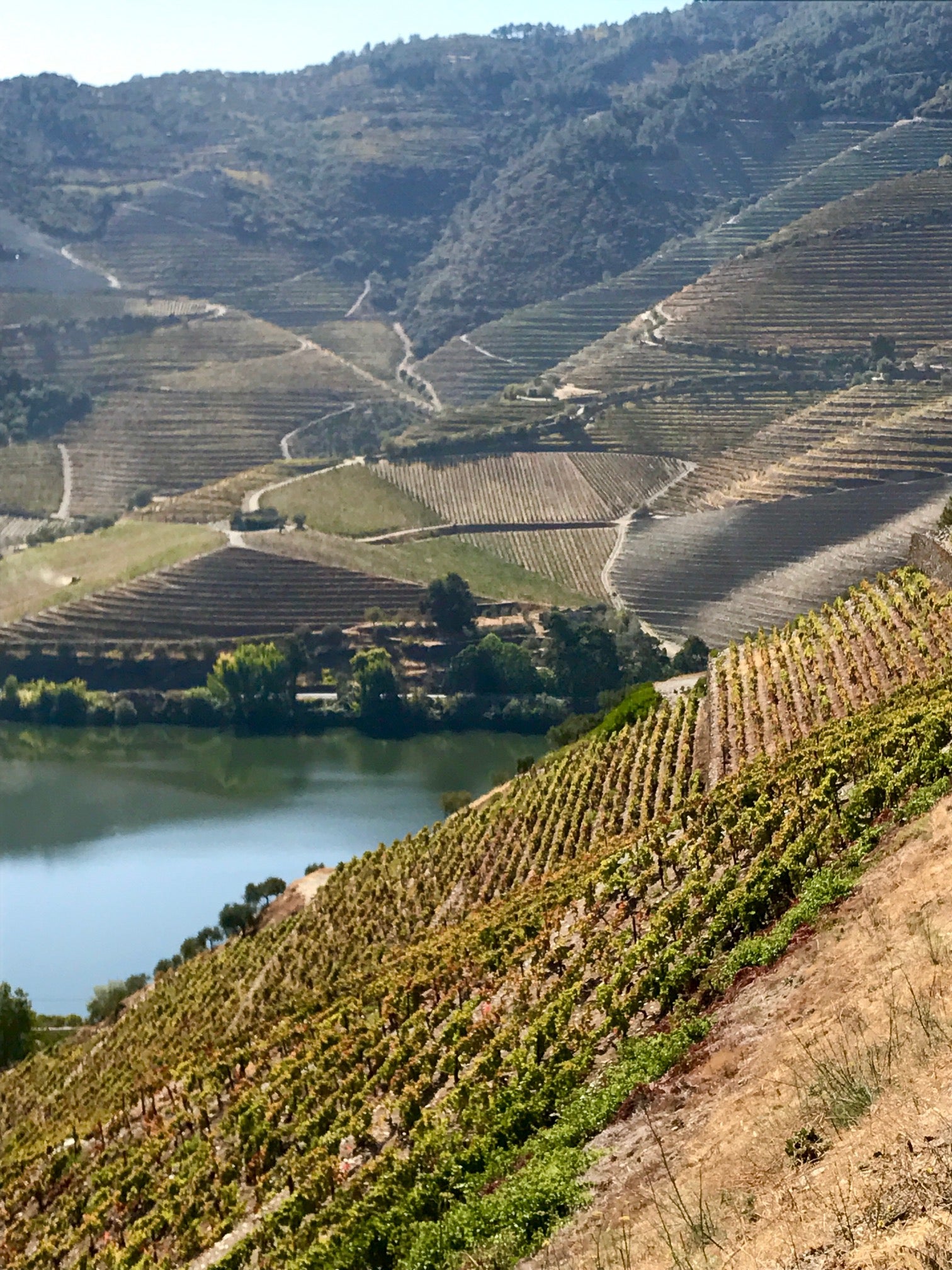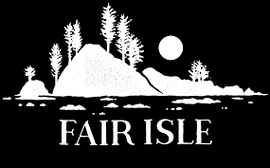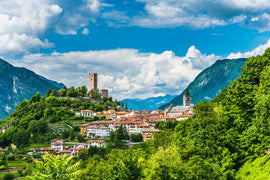Portugal is a rare bird in the wine aviary. Roughly the size of the US state of Indiana, the Iberian nation that isn’t Spain occupies the far western edge of the Eurasian landmass and can claim a viticultural lineage as ancient as any of its neighbors. And yet compared to Spain, France or Italy, Portugal’s wines remain relatively obscure and unheralded abroad. Its three most famous oenological products constitute categories all their own; one being a physical product and the other two at opposite ends of the fermented grape juice spectrum.
First and foremost is Port, the fortified dessert wine from the Douro region that, at its most rarified, can age for a century and command a six figure price. Then there’s Vinho Verde, as unlike its compatriot as possible, a light and slightly spritzy white, low in alcohol and generally among the most affordable wines on any store’s shelves. In between these extremes, Portuguese wine encompasses approximately 250 grape varietals, native and international, planted across dramatically variegated climates and terroirs. Whatever your favorite wine, there is a Portuguese equivalent that’s a relative bargain.
Lastly, there is cork. Cork is one of Portugal’s biggest and most important exports. In fact, Portugal is the largest cork producer in the world and produces more than 50% of the world’s cork supply. The vast majority of this is made into wine bottle stoppers but, increasingly, more and more cork is being sold to the construction and fashion industries and even to the space industry. The best thing about cork, aside from being a good earner for Portugal, is that it’s sustainable. The trees aren’t cut down or damaged when the cork is harvested, and they can be harvested every 9 years for the lifetime of the tree (roughly 270 years).
This being Red Rogues, we’re guessing you favor Tinto, so this quarter we’ve got three ideal ambassadors for Portugal’s remarkable red bounty. The first two are grown in the aforementioned Douro Valley, the world’s oldest demarcated wine region, a UNESCO World Heritage site, and a bewitchingly beautiful corner of the world. Centered around the Douro River in northern Portugal, its dramatic mountain and hills are grooved with seemingly endless synchronized rows of terraced vineyards. The poor soils, mostly schist and granite, force the vines to dig deep into the earth for irrigation. The climate is defined by the Marão and Montemuro mountains that surround the area, protecting it from the cold Mediterranean winds and producing the classic continental duo of hot, dry summers and cool, wet winters.
The Douro is divided into three sub regions; our selections both come from the Douro Superior DOC, which is the hottest and driest of the three. It is also the most inaccessible, which means that many of the wineries in the area are relatively new. (The place itself is ancient: the village of Vila Nova de Foz Côa in the heart of Douro Superior, is home to some of the oldest art in the world - wall paintings dating back to 20,000 BC.) The arid conditions tend to produce full bodied and aromatic reds that do well with a few years of aging. Barão de Vilar Zom’s Colecção 2011, a blend of Touriga Nationcial, Portugal’s most notable red grape, Touriga Franca, which Jancis Robinson has called “The Cabernet Franc to Touriga Nacional’s ‘Cabernet Sauvignon’”, and few other grapes from old Heritage vines, is a great example. Our second selection comes from the Teja Valley area of Douro Superior, which has a cooler climate than the rest of the DOC, and makes for consequently lighter wines. Conceito, meaning “concept”, is a relatively new endeavor, dating back to 2005, from some long standing wine-growers in the area. The grape is Bastardo (known as Trousseau in France) an early ripening and quite unique varietal that produces pale, leafy and slightly spicy reds.
The final selection is from the Dão DOC, just south of Douro in north-central Portugal. Encircled by the Sierra de Estrala mountain range, Dão is greener and more verdant than the Douro, featuring large pine and eucalyptus forests that stretch from the Atlantic Coast to the Spanish border. Unlike Douro, vineyards do not dominate the landscape; just 5% of the land in the region is under vine. Dão is known Portugal’s Burgundy, due to local vintners focus on elegance and finesse, rather than power, and the higher natural acidity of the wines. M.O.B.’s Vinha Senna Tinto 2015 is half Touriga Nacional, the primary red grape of the region, and half hodgepodge of other native varietals. The grapes are foot-trodden in the ancient ‘lagar’ style, so named for the cement troughs built for this purpose, and still frequently employed in Portugal.
Cheers!
The PlumpJack Wine Buying Team
|
2011 Barão de Vilar Zom Colecção |
|
|
Location: Douro Superior, Douro DOC, Portugal |
About the Winery: The origins of the van Zeller family refer back to the 13th Century in the Netherlands, where they held several properties, namely, in the village of de Zellaer. During the 17th Century, in the rouse of the religious wars that ravaged the northern and central Europe at that time, the van Zellers migrated to Spain and Portugal, countries where they came to settle. Their connection to the wine business dates back 14 generations from the beginning of the 17th Century. About The Winemaking: After a careful vinification with controlled temperature and maceration, 40% of the wine was matured in new French oak barrels for a period of 18 months and a small parcel aged in stainless steel vats. Touriga Nacional, Touriga Franca and grapes of Old Heritage Vines. Tasting Notes: The ZOM Colecção Red, made from the noble Douro grapes, has a dark, inky red color and reveals its over-ripe red fruit aromas with a unique complexity and scents of wood. This wine finishes with a great elegancy and a memorable taste of stewed fruit, balanced tannins and long finish where you can taste the oak. A little on the savory side, this wine would also be great with cigar. Side Note: You’ll notice the unique bottle shape on this wine. Michelin starred Spanish chef Martin Berasategui has designed a bottle that decants wine sediments and keeps them from rising at the moment of pouring. The ‘Martin Berasategui System’ was conceived by the chef to encourage wineries not to have to filter their wines using harsh industrial methods. using his design he claims that the sediments are allowed to filter in a more ‘natural way’. |
|
Winemaker: Álvaro van Zeller |
|
|
Price per bottle/Price per case: $44 btl/ $475.20 case |
|
|
Suggested Food Pairings: Game meats Grilled steak Hard Cheeses |
|
|
2019 Conceito Bastardo |
|
|
Location: Teja Valley, Douro, Portugal |
Winemaker’s Notes: Rita Ferreira Marques’s family has been growing grapes in the cool Teja valley, south of the Douro River, for generations, but Conceito was born in 2005 when she produced the family’s 1st commercial vintage. Vineyards are at high elevation or 450-600m and comprised of granitic and schistose soils. Together with Enologist, Manuel Sapage, and Viticulturist, Nuno Fernandes, they produce a stunning array of wines, some of the more traditional Douro set and others that break hard with many of those same traditions. Conceito owns 86 hectares of vineyards. They are all organically managed; with no use of pesticides our herbicides. About the Winemaking: Conceito Bastardo is made from family vineyards, planted about 50 years ago. The variety Bastardo (also known as Trousseau) ripens very early, in fact, much earlier than any other red variety. It was decided to vinify it in “lagar”, by foot treading and the use of native yeasts. Made since 2007, today it simply ages in stainless steel vats. From the first moment, Bastardo was a wine of passions, since its color tricks a distracted eye, which gets surprised by a spicy aroma, and a round, glycerine mouth, which makes it a real pleasure at the table. This wine ages very slowly in bottle, almost showing no change over the years. Tasting Notes: A rare 100% Bastardo wine from old vines, this is a pale cherry red in color, a sign that the grape ripens early. Wonderful sweet aromatics: warm herbs, cherry and red berry fruit. The palate is smooth, warm and sweetly fruited. Light and superbly elegant with lovely cherry and herb and leafy notes, and subtle tannins. The wine is crisp and will be delicious lightly chilled. |
|
Winemaker: Rita Ferreira Marques |
|
|
Price per bottle / Price per case: $38 btl/ $410.40 case |
|
|
Suggested Food Pairing: Asian food Tomato based dishes |
|
|
M.O.B. Vinha Senna Tinto 2015 |
|
|
Location: DOC Dão, Portugal |
Winemaker’s Notes: M.O.B., located in the Serra d'Estrela district of eastern Dão. This daring joint venture is named for the three talented winemakers behind it all: Jorge Moreira of Poeira, Francisco Olazabal from Quinta do Vale Meão, and Jorge Serôdio Borges of Quinta do Passadouro and Wine & Soul. The close-knit trio may have deep roots in the neighboring Douro Valley, but they unite under one desire: to represent the Dão in the truest form. While some winemakers in this region are mimicking a bolder Douro style, M.O.B. aims to craft wines that are intense, yet elegant: a style emblematic of the land. The leading vineyard, Quinta do Corujão, sits at an altitude of 1,640 feet beside Portugal's highest mountain range, Serra da Estrela. The vines in this area are planted in poor granitic soils, forcing their roots to dig deep in search of water and other nutrients. Cool, brisk air graces the vineyards at nightfall, encouraging elevated levels of natural acidity, while the soils impart a refined mineral character to the final wines: a combination that is unmistakably Dão. The trio aims to utilize an organic approach in the vineyards and hone their skills together, as a team, to create wines with true varietal character, unassailable elegance, and a compelling presence that would be difficult to refuse. About the winemaking: This wine is a blend of 50% Touriga Nacional; 30 % Alfrocheiro, 15 % Jaen, 5 % Baga from the granite soils of Quinta do Corujão. The Touriga Nacional is foot trodden in lagar, while the Alfrocheiro, Jaen and Baga are fermented in stainless steel tank at low temperatures with little extraction. Aged for 12 months 30 percent new and 70 percent used French oak barrels, then aged in bottle an additional 6 months. Tasting Notes: This is a wine with a beautiful violet color, very intense aromas of cassis, bergamot orange, and wild flowers. On the palate, it is fresh with soft tannins and pleasant acidity complimented by its velvety texture. A complex wine full of character that will evolve beautifully in the bottle over the coming years. |
|
Winemaker: Jorge Moreira, Francisco Olazabal, Jorge Serôdio Borges |
|
|
Price per bottle / Price per case: $40 btl/ $432 case |
|
|
Suggested Food Pairing: Grilled meats Bacalhau à gomes de sá Portuguese Sheep’s Milk Cheese |
|





